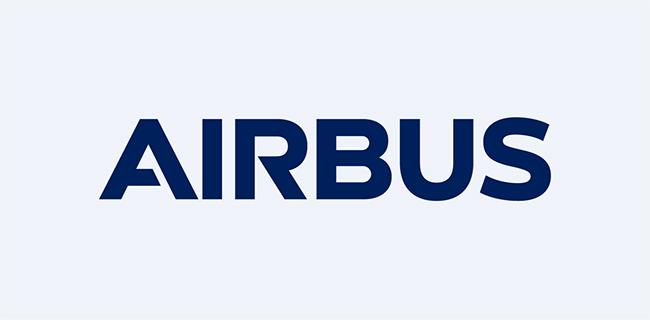Airbus Australia Pacific, part of the largest aircraft manufacturing company and the world’s second-biggest space company, has provided students participating in ANSTO’s National Graduate Innovation Forum with a practical challenge relating to technology that is exposed to damaging radiation in space.
Electronic components and systems on space missions are subject to space radiation fields from solar activity and cosmic rays, which can cause serious system faults potentially leading to mission failure.
When exploring potential projects for the forum, Matthias Seifert, KAM R&D Partnerships, Airbus Australia Pacific, said that being able to reliably predict how electrical components and electrical systems, such as solar cells, respond to the radiation over a number of years in space would be very useful in the parts qualification process.
“Modern satellites can last more than ten years in orbit. So, it is important to model and predict the expected degradation of solar cells over time to make sure that there is enough power available even towards the end of the operational life,” explained Seifert.
Airbus has asked the participants to develop risk models for Low Earth Orbit (LEO) missions utilising open-access software and information resources.
Seifert said that Airbus chose the topic as it was related to the growing space industry in Australia and the establishment of the National Space Agency.
“We welcome the enthusiasm and energy of the academic community and start-ups that have contributions to make,” said Seifert.
Airbus also selected this challenge because of ANSTO’s expertise in radiation testing and the Australian Space sector’s short-term focus on Low Earth Orbit (LEO) missions.
Although satellites in lower orbit missions have less exposure to radiation, at varying levels as they cross space, there is still a risk of component failure over time because of radiation.
Another aspect of the challenge is the development of an apparatus to monitor for faults within electronic components, while they are subjected to known amounts of radiation in testing prior to launch.
Matthias said that the Airbus technical staff in Europe interacting with the students were very motivated by the students and their ideas so far.
“The students come from a quite diverse background in terms of their area of specialisation. This results in a new and fresh look at one of the core space environmental effects topics. The interaction connects us to current developments in a range of areas and results in new ideas and concepts,” said Seifert.
“The connections Airbus makes through this event may also lead to some future research collaborations,” he added.








